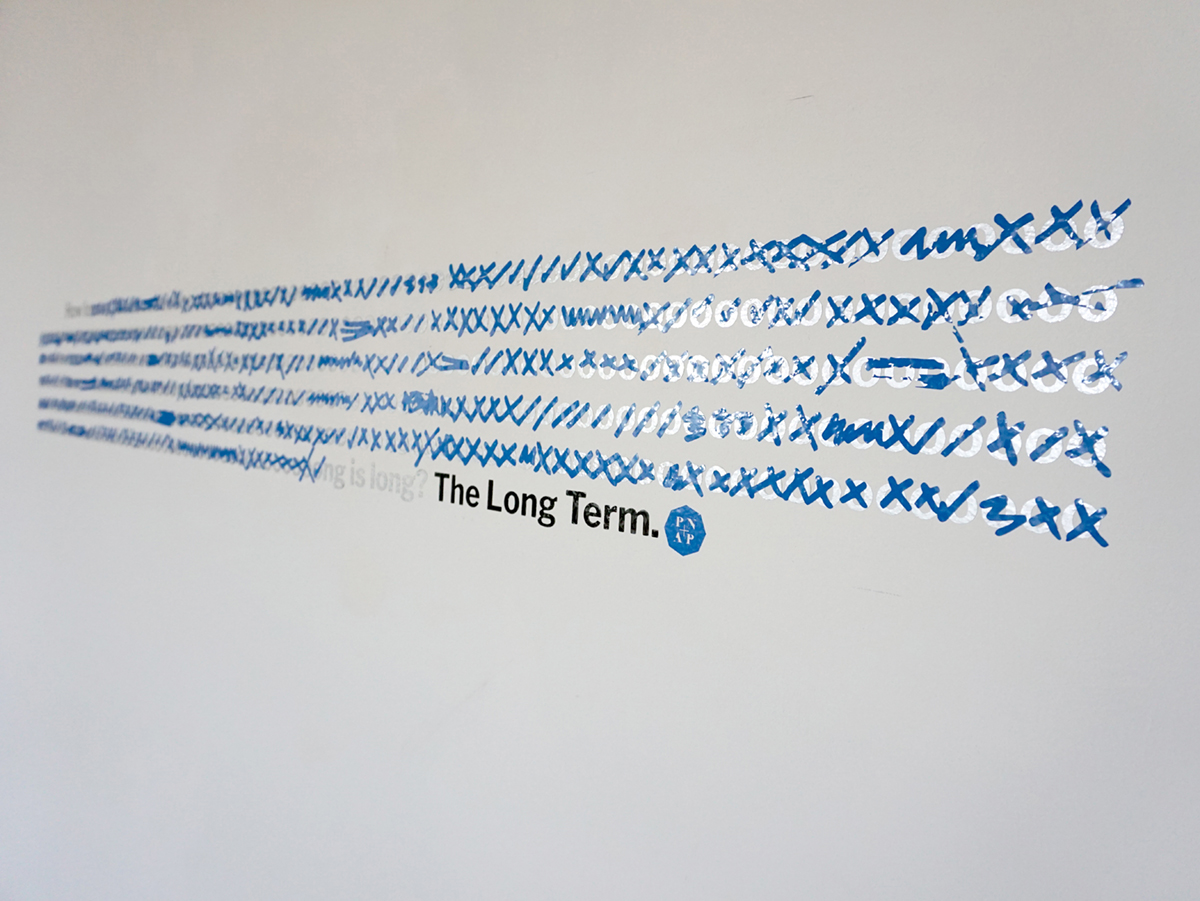Dave Pabellon
Assistant Professor
Columbia College Chicago
This presentation explores the use of peace circles in graphic design curricula as a pedagogical framework to conduct a graphic design seminar (F’19) and a graphic design studio course (F’21), both with an exhibition design component that involved student design contributions.
Derived from aboriginal and native traditions, circles bring people together in a way that creates respect, intimacy, goodwill, belonging, generosity, mutuality, and reciprocity. Two groups have made profound contributions to practices in the field – the First Nations people of Canada, and the Maori of New Zealand, by using peace circles as a means to manage conflict resolution in their communities as an alternative to the retributive criminal justice system practiced in the United States. In an academic setting, peace circles in the classroom become a tool to level the faculty-to-student power dynamic by creating a non-hierarchal environment. By doing so, greater participant engagement is achieved by welcoming the sharing of human experiences, positive and negative, without judgment. Over time trust is built to transform the studio into a safe space of understanding and learning by stressing empathy and the power of active listening. Examples of circle practice, as a community-building tool from peer institutions such as Dominican University (IL), non-profit sectors like Precious Blood Ministries of Reconciliation, and community-based arts organizations like Prison + Neighborhood Arts Project will be referenced.
In the 2019 course, students from the Hispanic Serving Institution (HSI) learned about the injustices of long-term prison sentencing in the state of Illinois by digesting assigned texts, visual responses in the form of exhibition artwork produced by the incarcerated, and films related to the subject. Circles, lead by formerly incarcerated circle keepers and BIPOC faculty, became the purposefully slow-paced, self-reflective format of discussion and interpretation of the media mentioned above. Peace circles were also used in the planning and refinement processes of new work that was included in the closing exhibition. This presentation argues for the use of peace circles to encourage deeper human-centered relationships with students by supporting discussion, discourse, and critical thought through self-reflection and immersive storytelling. Using the exit interviews supplied by the students a comparison analysis is shared showing the impact peace circles have when utilized in a design studio environment.
This research was presented at the Design Incubation Colloquium 8.2: Annual CAA Conference on Thursday, March 3, 2022.
